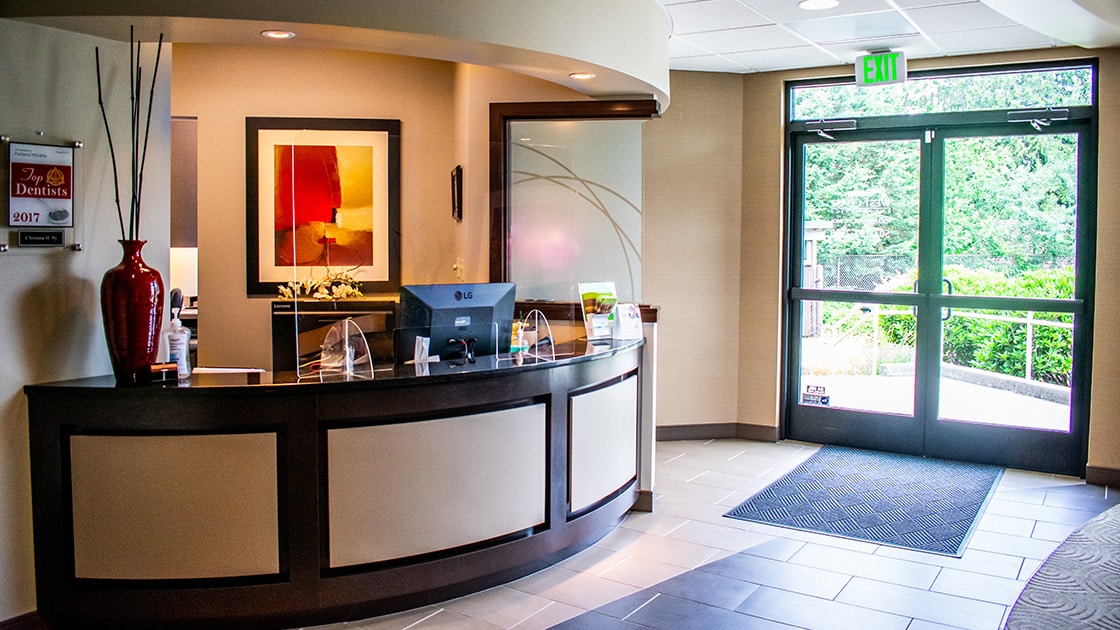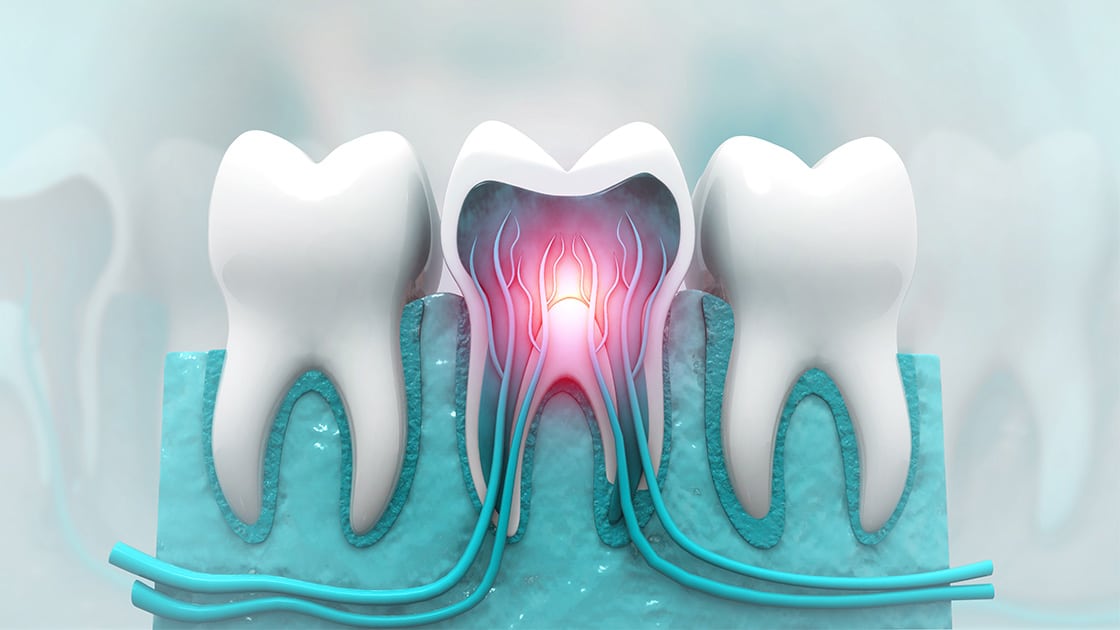Root Canal Treatment
Root canal or endodontic treatment may be necessary when the pulp tissue inside the root canals of a tooth becomes infected or damaged, which can be caused by dental trauma or decay. Teeth generally have between one and four root canals and a root canal procedure may be performed on a single root canal or multiple root canals within a tooth.



